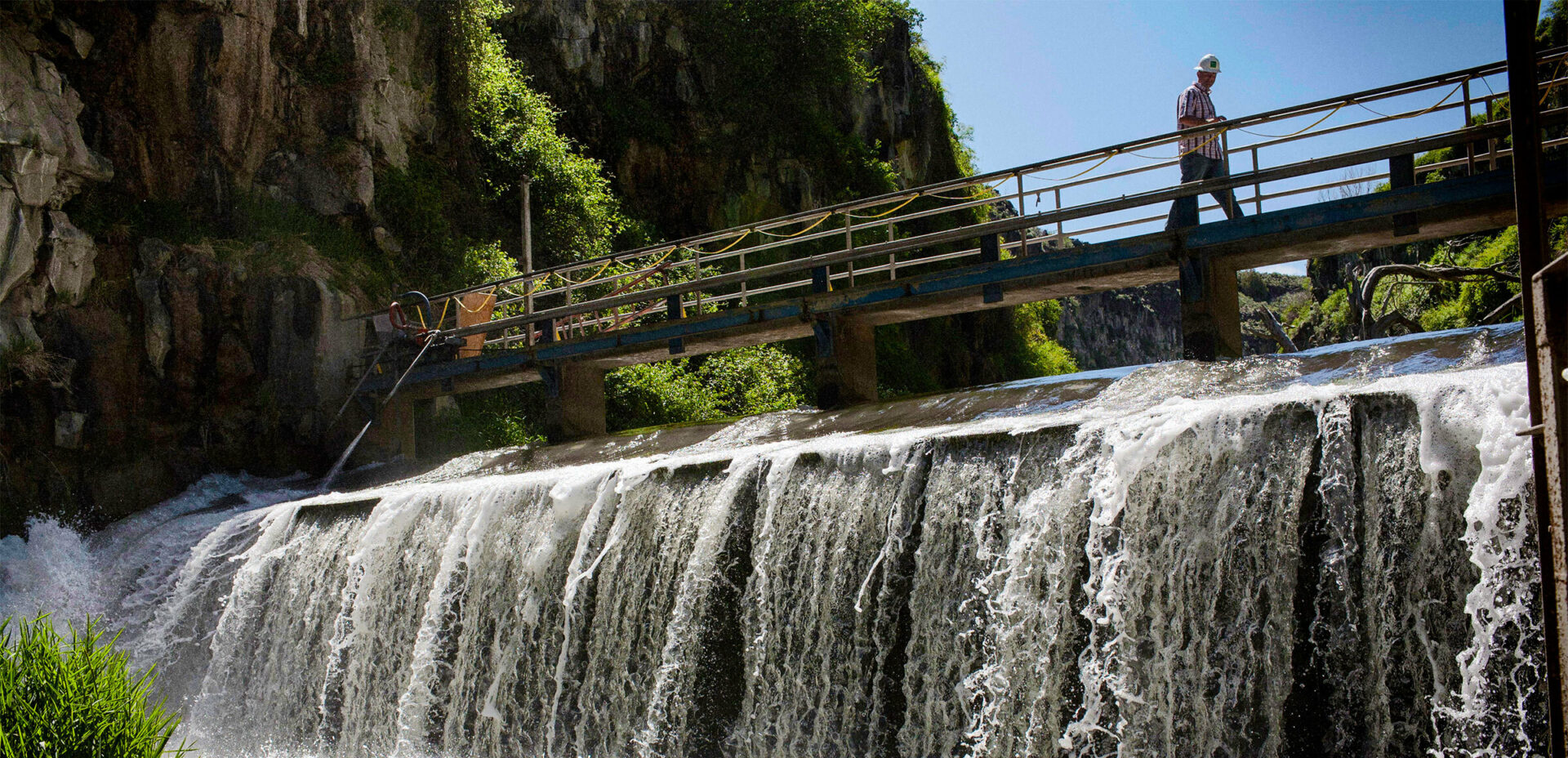A hydro giant Canada, the world’s third-largest producer of low-emissions electricity, has a head start on cleaning up its grid as part of a global push to electrify vehicles and buildings and slow climate change.
However, capitalizing on this advantage is complicated by the fact that each of Canada’s ten provinces regulates utilities independently and trades little renewable energy among themselves, even if hydro-generating provinces border those producing high emissions. Some, including the fossil-fuel-burning provinces of Saskatchewan and Alberta, believe the federal government’s plan for a net-zero grid by 2035 is unrealistic.
All provinces to go net zero
By the end of the year, Ottawa plans to release regulations requiring utilities to go net zero. The generation of electricity is Canada’s fourth-largest source of greenhouse gas emissions, which contribute to global warming.
The challenges that Canada faces highlight how difficult it will be to achieve net-zero electrification goals globally. According to the Canadian Climate Institute, Canada’s grid capacity needs to be doubled or tripled by 2050 to support a more electrified economy.
Hydropower is half of the power production in Canada
Hydropower comprises more than half of Canada’s electricity production, while high-emitting natural gas, coal, and oil account for the remaining 25%. According to the US Energy Information Administration, the United States generates 61% of its electricity from fossil fuels.
In contrast to Canada, the United States has a federal electricity regulator and mostly delivers power through regionally integrated systems, which may allow it to be more agile in terms of grid transformation.
Canada created these parochial, political fiefdoms largely run by the premiers’ offices, according to Bruce Lourie, President of the Ivey Foundation, a charitable organization dedicated to the Canadian economy and environment.
He added that provincial utilities and governments need a slap on the back of the head to realize that we need to figure this out as a country.
To maximize economic benefit, Saskatchewan will develop its own lower-emitting sources rather than aggressively expanding hydropower purchases from neighboring Manitoba, according to Don Morgan, the provincial minister responsible for SaskPower, the government-owned, main electric utility in Saskatchewan.
SaskPower plans to achieve net-zero emissions by 2050, 15 years later than the Canadian government. It is unclear whether some greener utilities can compensate for those that do not meet the federal standard, or what penalties net emitters may face under the law.
Working together to meet net zero
Physically Canada cannot build these facilities as quickly as needed for 2035, Morgan said, referring to small modular nuclear reactors, wind turbines, and carbon-capture sites.
When asked what he would do if some provinces did not comply by 2035, Canadian Natural Resources Minister Jonathan Wilkinson said the governments should work together.
A fight is never a good thing, said Wilkinson in an interview. It’s possible that it can’t find a collaborative path.
The provinces regulate Canada’s electricity utilities, but the federal government has some environmental authority.
Wilkinson stated that his department’s top priority is the net-zero goal and grid expansion and that he expects Ottawa to increase financial support for provinces in next year’s budget. According to the minister’s spokesperson, the government has already committed at least C$1.5 billion over several years.
In June, the Alberta Electric System Operator estimated that meeting Ottawa’s 2035 net-zero mandate would cost an additional C$44 billion to C$52 billion ($38.18 billion).
Wilkinson described it as a massive exercise in nation-building.
Electricity Canada, whose members include utilities TransAlta (TA.TO) and Emera (EMA.TO), is concerned about how the new regulations will affect natural-gas plants, which may continue to be important for reliability during peak times in the future, according to CEO Francis Bradley.
Convincing all provinces to work together will be difficult
Convincing all provinces to work together will be difficult, but it is likely to happen eventually, according to Jason Dion, the Canadian Climate Institute’s mitigation research director.
The costs of doing it on an island highlight the importance of greater coordination. Dion believes that provinces will increasingly become aware of this issue.
There are some indications of collaboration.
According to Serge Abergel, chief operating officer of Hydro-U.S. Quebec’s subsidiary, Hydro-Quebec is exploring a power deal with eastern provinces called the Atlantic Loop, which would necessitate massive new transmission infrastructure.
However, there is no collaboration. Everyone is looking at this from a very local perspective. Also, everyone has high-level goals. In such circumstances, when everyone only works by itself good results are not possible.

